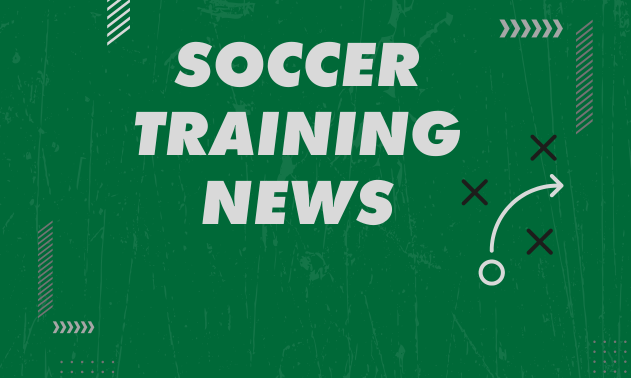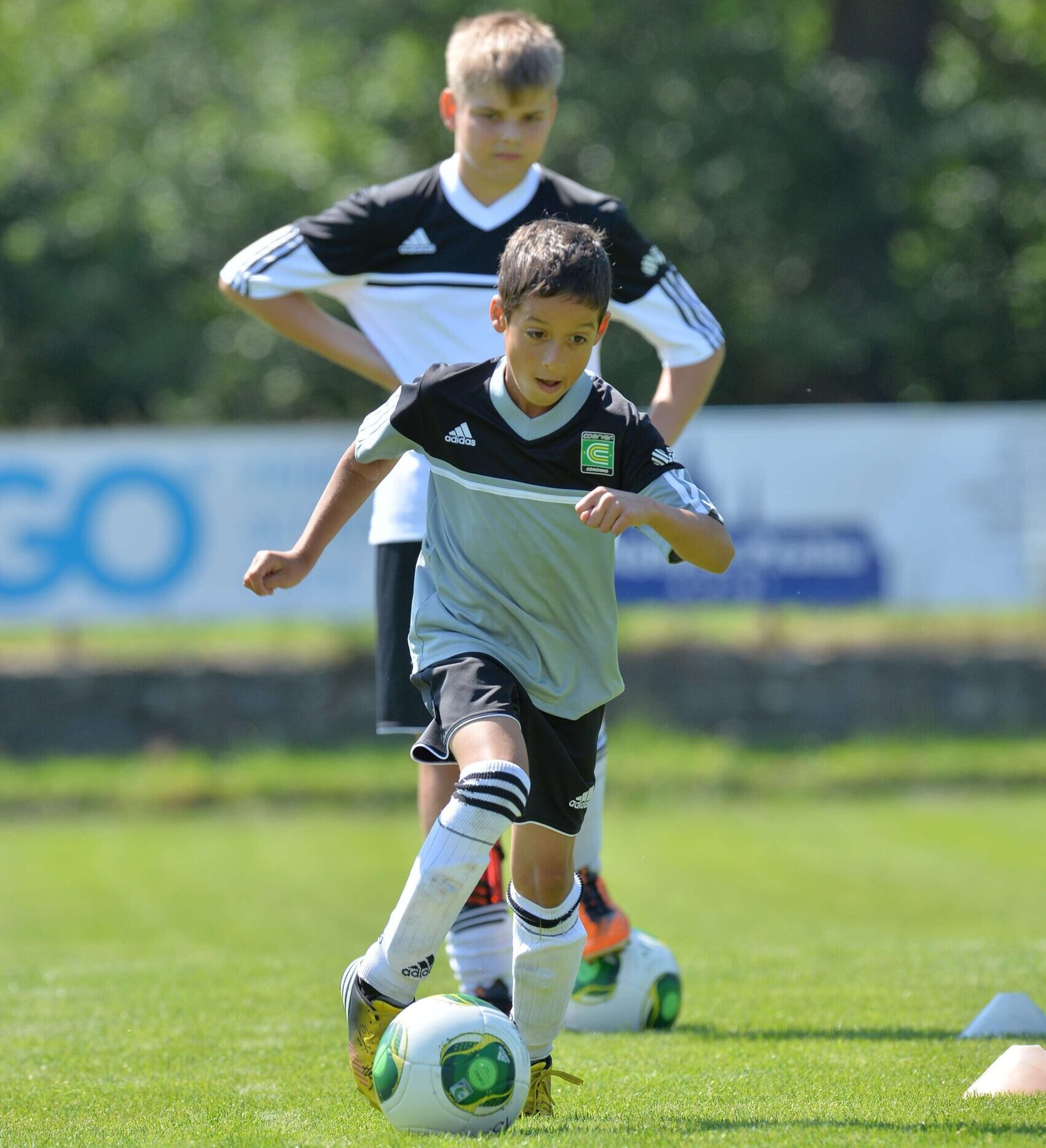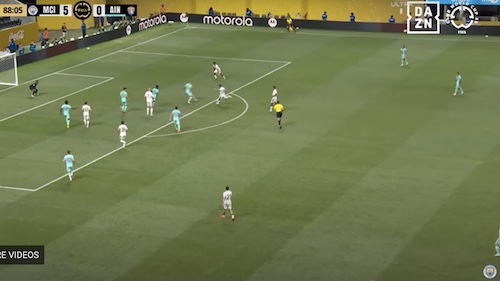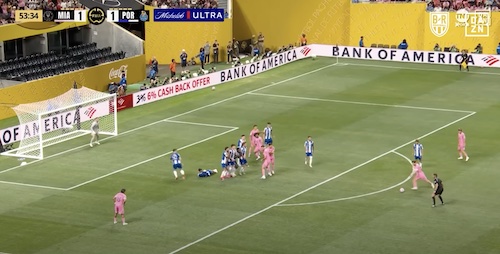Soccer scholarships: What you should be doing now to prepare yourself for college and playing college soccer. Here is a quick snapshot of what you should be doing now to play soccer in college and, ideally, earn a soccer scholarship. This is broken down for each high school grade level.
Freshmen:
Establish a good academic base; get a strong start in your first year. It is important to demonstrate that you are serious. Make a 3.0 (B average) your minimum goal. Join a good club or select team that travels to tournaments. Tryout for ODP (Olympic Development Program) via your state soccer association. AYSO members should enroll in CAP (College Athlete Program). Target 25 colleges now using our Winning Your Scholarship book which investigates 2000 college soccer programs for men and women.
Sophomores:
Sign up for your PSAT’s to gain the experience you will need when SAT/ACT scores really count. You should be in the ODP; participation is valued by coaches nationwide, as it provides additional training, competition and a standard way of evaluating you from miles away. CAP provides structured evaluation and training for players and seminars for their parents. Write to your 25 target colleges.
Juniors:
Keep taking the SAT and ACT, your scores will improve every time. Submit the NCAA Clearinghouse form. Focus on 25 schools that meet your athletic, academic, financial and other tests. Set up your filing system, collect information and send “the package” to colleges. Rank your first choice colleges and use our Best Camps book to attend camps run by the coaches’ you want most to play for.
Seniors:
College admission are sending letters of acceptance. You submitted your Financial Aid Form on January 1 and now know the portion of costs your family is expected to pay. You are working closely with coaches at your top three choices to help them finalize their financial packages. Your recent successes (CAP, GPA, ODP, State Cup and SAT) have been added to your updated resume. Just before you decide, call each coach and honestly discuss the offers you have. If they can improve their offers, this is the time when it will happen.
What Schools Produces the Most MLS Players?
The above article is updated quarterly, and appears as a regular feature in every issue of the Student Athlete magazine, on page 3. It is typical of the valuable information contributed by college coaches to our publications. How to earn a soccer scholarships and get recruited to play college soccer:
1. Train hard every single day
2. Good Grades and Test Scores
3. Make a CV and highlight video
4. Decide What Level is best for you
a. D1 – High Level academics/soccer and can give Scholarships
b. D2 – Better Scholarships and financial aid
c. D3 – No athletic scholarships! Smaller schools, smaller programs
d. NAIA – Different Rules and Regulations (Foreigners)
e. Junior College (2 years)
5. Make a list of 10 schools that fit your needs
6. Contact Schools Early
7. Email Coaches about College Showcase Tournaments
8. Visit Campuses and Attend ID Camps
9. Get your current coaches to contact colleges for you
10. Don’t give up
TIP OF THE MONTH: The Financial Package
There are five kinds of money that can make up a college’s offer to a student athlete – for soccer scholarships.
1. Athletic money – defined by the NCAA and possibly further reduced by the college. Example 12 full scholarships (room + board + tuition + books + fees) for women and 9.9 for men in NCAA Division I colleges.
2. Merit money – awarded to candidates based on the college’s sometimes very broad interpretation of the individual’s desirability. SAT scores above 1300 often used to justify awards. This source is infinitely large and all colleges have it.
3. Work Study – on-campus jobs awarded to candidates to based on need. In many cases the job is very light duty enabling recipient to study while earning several thousand dollars per year.
4. Grants – awards (one time or renewable) from the college, city, foundations, states, and the government.
5. Debt – time was when only doctors were still in debt for college expenses at age 40. We see no reason why student athletes, properly prepared by using our publications, should have to consider this alternative.
A good college education today easily costs $100,000. Part time jobs like McDonalds do not pay $25,000 so it is no longer possible to work your way through college. Student athletes who achieve their full academic and athletic potential then use our methods to target and recruit colleges, can expect to earn all or most of their own college education.
Student Athlete Scholarships
PMB 133, 5030 Champion Blvd., G-6
Boca Raton, FL 33496-2496
Tel: (800) 506-7257
e-mail: theinstep@aol.com
Student Athlete.net















